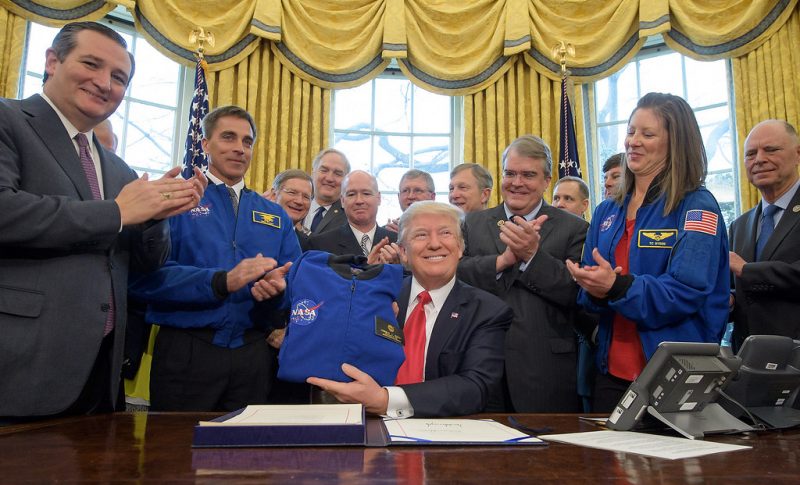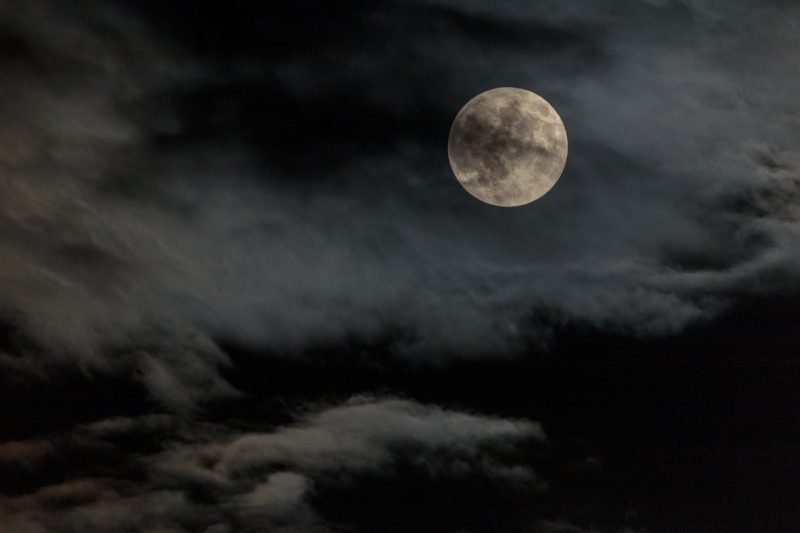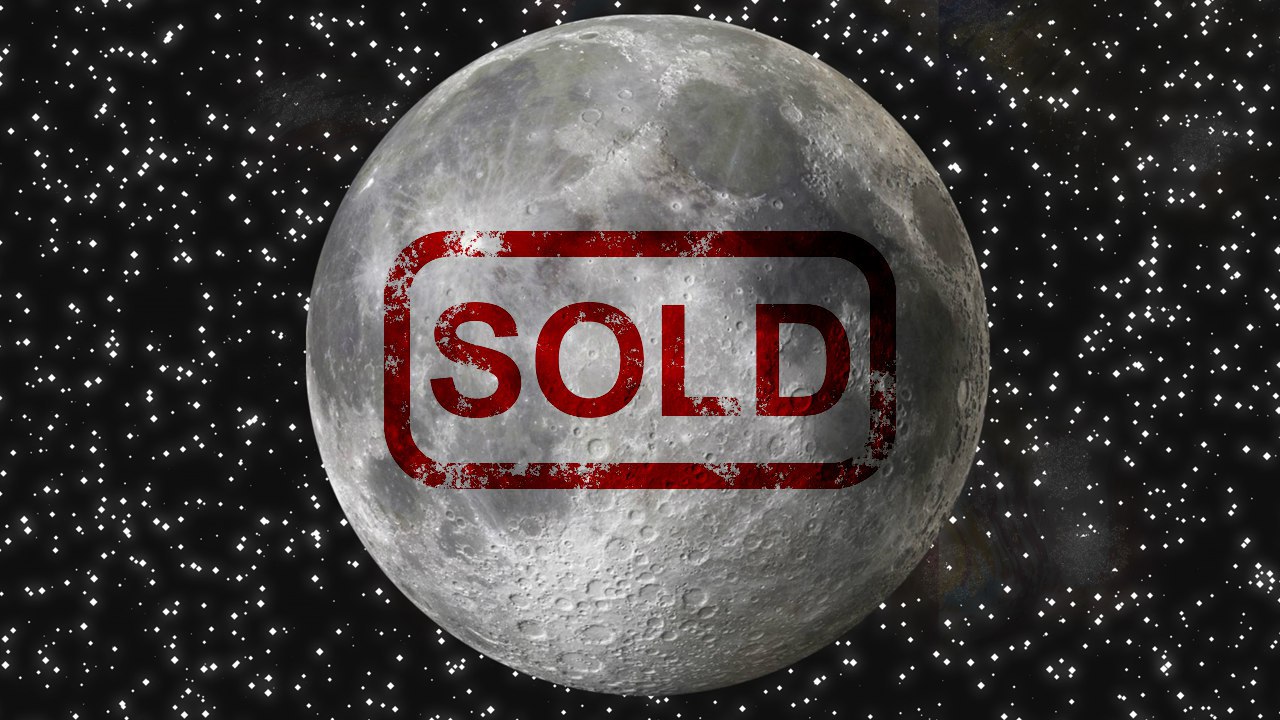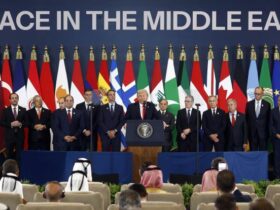On April 6, US President Donald Trump signed an executive decree granting Americans the right to extract space resources, including those on the moon. The decree, which was developed over the past year, defines the US policy in this area and emphasizes that Washington does not consider resources in outer space as the “public domain”: “Americans should have the right to engage in commercial exploration, recovery, and use of resources in outer space, consistent with applicable law. Outer space is a legally and physically unique domain of human activity, and the United States does not view it as a global commons”.
It has been noted that the Americans do not consider it necessary to conclude any additional international legally binding treaty on the exploration and production of space resources. However, Washington intends to seek international support for its actions. According to the presidential decree, the State Department and other departments and agencies are to negotiate with partners to conclude bilateral and multilateral agreements on the use, development and production of resources on the Moon and other space bodies by private and public companies. Within six months, the state secretary is to report on what has been accomplished.

Flickr
Back to the Moon
Earlier, the Trump administration announced the resumption of the ambitious lunar program Artemis.
Its goal is to return to the Moon in 2024, from where it plans to organize manned missions to Mars by 2028. As part of the new lunar programme, NASA is developing the idea of a Gateway station on Earth’s satellite orbit, from which future human missions to and from the Moon will be conducted in reusable landing vehicles. The key to successful implementation of this idea, as noted by Space.com, is the extraction of necessary resources from the lunar surface. First and foremost, the ice from which water and oxygen will be produced. Moon exploration is an issue of prestige for the US, the celestial body has significant symbolic value for the Americans because it was American astronauts who first landed on the Moon on July 20, 1969. However, additionally, the moon may be of interest to the US in terms of resources.
The surface layer of the Moon is rich in rare and rare earth metals and elements that are becoming increasingly scarce on Earth, such as platinum for the electronics and aerospace industries, or iridium, which is used in the creation of touch screens. Just last year, a catastrophic shortage of iridium was announced. Lunar resources are distributed in the surface layer of the Earth’s natural satellite, making it easier to extract them. In science fiction, there are frequent references to helium-3 mining on the Moon. Hypothetically this isotope could be used as a component of rocket or thermonuclear fuel. The basis of international space law is the 1967 Treaty on Principles Governing the Activities of States in the Exploration and Use of Outer Space (Outer Space Treaty), including the Moon and Other Celestial Bodies. The United States is among the countries that have signed and ratified this treaty.
This document prohibits the placement of nuclear weapons or any other weapons of mass destruction in Earth’s orbit, their installation on the Moon or any other celestial body, or on a station in outer space. The Treaty restricts the use of the Moon and other celestial bodies to peaceful purposes only and expressly prohibits their use for the testing of any kind of weapon, conducting military maneuvers or the establishment of military bases, installations and fortifications. The treaty also states that no State may claim possession of a space body or part thereof and that the sovereignty of States extends only to space objects launched directly by them. The decree by Trump can be seen as a step towards asserting US sovereignty in outer space. Thus, this document contradicts the 1967 treaty. The US has once again violated international law.

Public Domain pictures
Military ambitions
The US return to the lunar program is taking place against the backdrop of Washington’s increasing attention to the use of space for military purposes. In 2019, the US established its newest military branch – The United States Space Force (USSF). The militarization of space by the US and its allies France and Great Britain has been criticized by China and Russia. In turn, the US is explaining its efforts toward the militarization of outer space including cislunar one as well as Moon itself by saying it is an effort to counter Chinese ambitions. Thus, geopolitical tensions are moving to a new frontier. In the past year or two, the US has intensified steps towards the use of space for military purposes. A year ago at the Colorado Spring Space Symposium, acting head of the US Department of Defense Patrick Shanahan said that the descent of the next major world conflict will depend on the effectiveness of weapons in space. As Defense One reported, in 2023 the Pentagon planned to test neutron weapons in Earth’s orbit.
The Missile defense Review by Pentagon states: “As rogue state missile arsenals develop, the space-basing of interceptors may provide the opportunity to engage offensive missiles in their most vulnerable initial boost phase of flight, before they can deploy various countermeasures.”
However, who can guarantee that defensive weapons will not be placed instead of interceptors, given that the US already has an orbiting combat aircraft, the Boeing X-37. At the end of the twentieth century, Everett Dolman proposed to introduce the concept of “astropolitics” as a continuation of geopolitics in outer space. Unlike other countries, the US sees space as another space for conquest, after land, sea and air, something which is concurrent with the english word “space” and the US’ stable attitude towards space as the next or ultimate frontier (in the spirit of American pioneers, who were engaged in the extermination of numerous Indian tribes).
In China the world – tàikōng – (Tài too, very, overly, extremely, excessively and Kōng air, sky, bare, in vain, leisure ) – i.e. “something that over the sky” – is used for outer space and Russian are using Greek world “cosmos” – the organized world traditionally opposed to the “chaos”. For Dolman, space is not a weapons-free sanctuary, and should not be. It may and should be conquered.
In 2018, Dolman compared the US efforts to strengthen its presence in outer space with the British and Americans’ seizure of dominance in the oceans in the past. Then, under the pretext of security, these thalassocratic powers took control of all commercial routes. “Where we are in space today, we just monitor – hence the need for a space force,” Dolman said. “A US Space Force will not only conduct all of the monitoring operations it currently does fairly well, it will have to include rescue and recovery, pirate mitigation – right now mostly from hackers, but in the future from hostile spacecraft.”
Another US space military theorist John Pike, director of Virginia-based GlobalSecurity.org echoing the founder of geopolitics Halford John Mackinder says that “perhaps, cislunar space is the heartland of the 21st century”.
Towards the lunar base?
The Pentagon also pays special attention to the space between the Earth and the Moon. Fred Kennedy, the Head of the US Space Development Agency, has previously stated that the United States plans to expand its military presence in this area. He told the Breaking Defense that there will be “a need for the equivalent to a Navy or Air Force” to protect that region of space, after which resource gathering may start on Moon. In February 2020, the infamous Defense Advanced Research Projects Agency (DARPA) proposed to create a nuclear propulsion rocket to deploy maneuverable satellites into cislunar space. (https://www.thedailybeast.com/pentagon-prepping-nuclear-moon-rocket-to-beat-china-into-cislunar-space) Recall that back in the 1960s the Pentagon developed a project to build military bases on the Moon and the deployment of nuclear weapons (Project HORIZON).
The idea to create a base on the moon was first exposed by US author Robert S. Richardson back in 1948. There are now fears in the US Congress that China will build a base on the Moon before the Americans. The United States, claiming exclusive rights to explore the Moon and outer space and striving to conquer that space, is preparing for a military expansion in space, an arms race that will put the lives of Earth’s inhabitants in even greater danger, given the intractability of the combat in space and Earth’s natural satellite.

















Leave a Reply